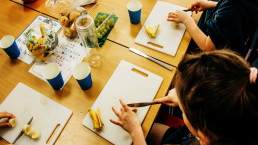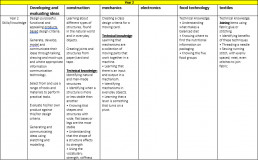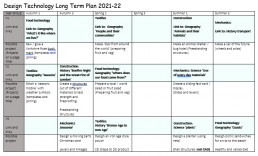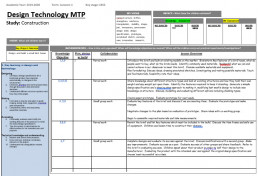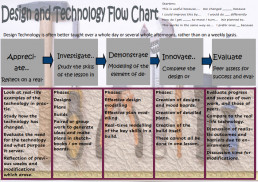Design & Technology
Our Intent
National Curriculum Guidance
“Design and technology is an inspiring, rigorous and practical subject. Using creativity and imagination, pupils design and make products that solve real and relevant problems within a variety of contexts, considering their own and others’ needs, wants and values. They acquire a broad range of subject knowledge and draw on disciplines such as mathematics, science, engineering, computing and art. Pupils learn how to take risks, becoming resourceful, innovative, enterprising and capable citizens. Through the evaluation of past and present design and technology, they develop a critical understanding of its impact on daily life and the wider world. High-quality design and technology education makes an essential contribution to the creativity, culture, wealth and well-being of the nation.”
Our intent is that the teaching of design and technology will:
- Provide a learning environment where children feel secure, creative risk-taking and problem solving is encouraged and mistakes are celebrated.
- Support all pupils to develop the creative, technical and practical expertise needed to perform everyday tasks confidently and to participate successfully in an increasingly technological world.
- Support children’s understanding and application of the principles of nutrition and learn how to cook.
- Encourage children to flourish through creativity, imagination and ambition in their designs.
- Develop, through the evaluation of past and present design and technology, a critical understanding of its impact on daily life and the wider world.
- Use a wide range of materials and components to make high-quality prototypes and products for a wide range of users.
- Inspire children through the study of engineers, designers, chefs and architects.
Our Implementation
The key areas of implementation we use are:
- Planning documents
- Progression map
- Long Term Plan
- Medium Term plans
Flow Chart
The flow chart serves as an overview of how the subject is taught to ensure consistency in the following areas:
- Lesson structure
- Assessment
- Learning environment
- Resources
- Metacognitive scaffolding including knowledge organisers
- How we enhance the curriculum e.g. visits, celebrations, theme weeks
Impact
At St Oswald’s we see our children flourish through the wide-ranging curriculum to provide them with. We strive for the whole curriculum to be exciting, engaging and for all children to feel a sense of success.
In Design Technology, we aim for the impact to be:
- Children enjoy design technology. They are enthusiastic for the projects they do.
- Children build upon the skills in each of the key areas, taking into account where their schooling may have made this difficult.
- Children are given the opportunity to design their own products, and understand the value of what ‘things go wrong’.
- Children become reflective and collaborative learners as they evaluate real-life products, their group work, and their own work.
